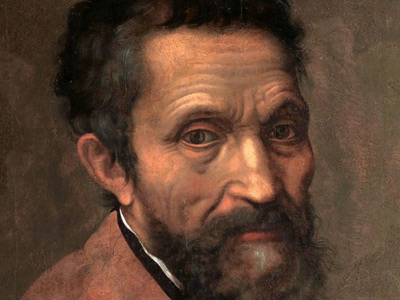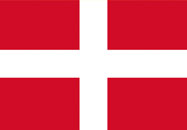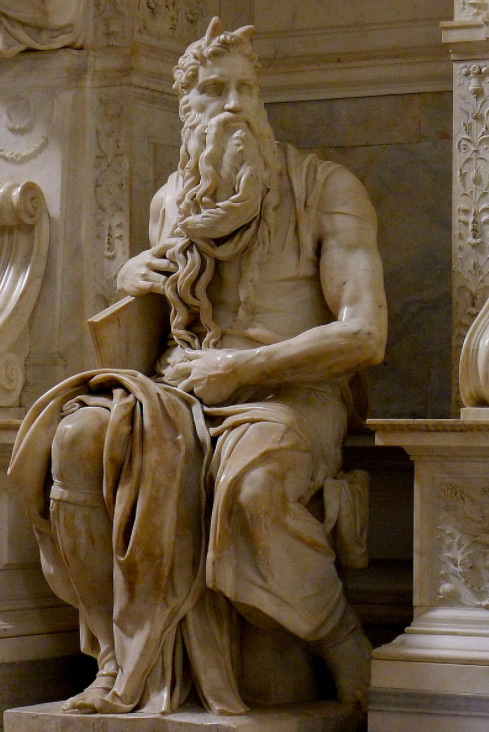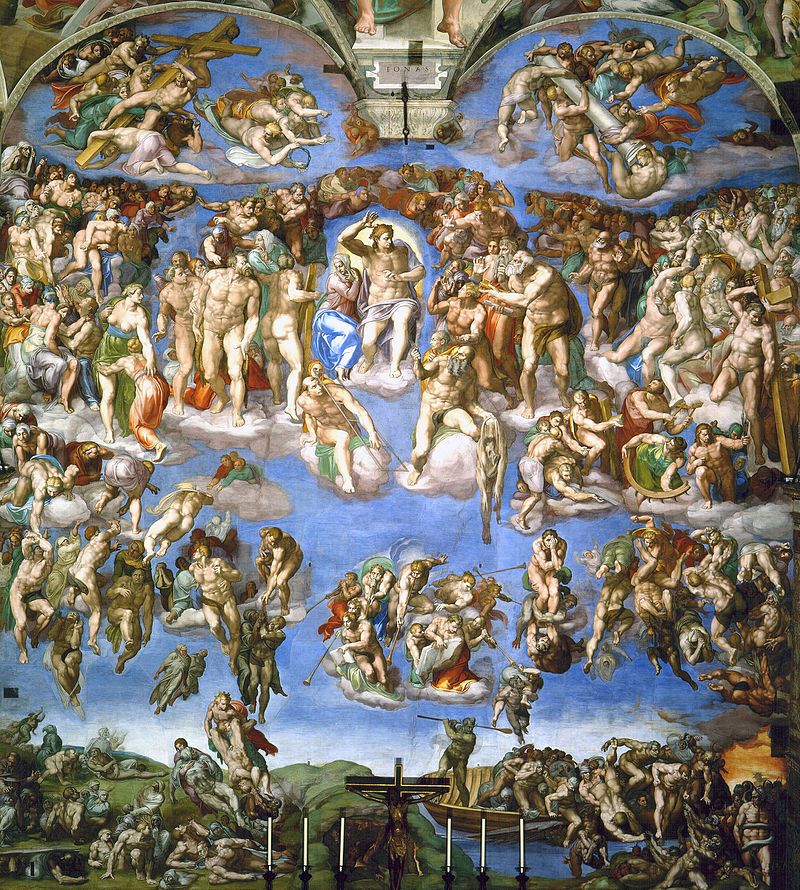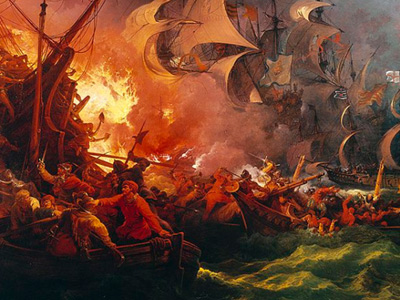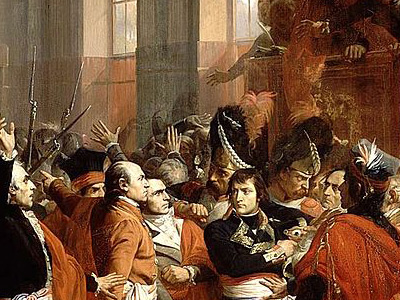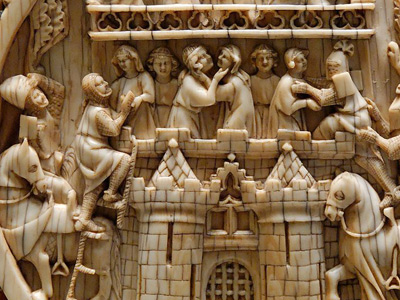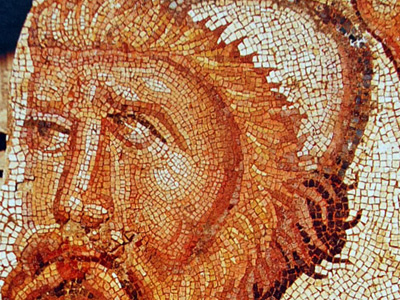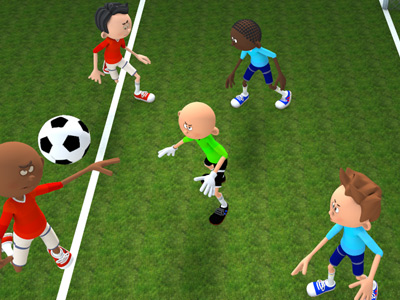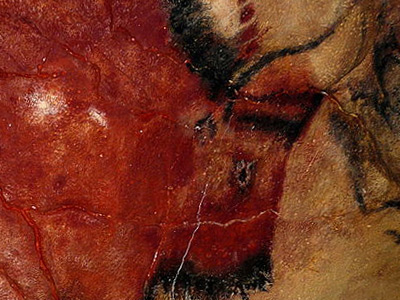Michelangelo (1475-1564)
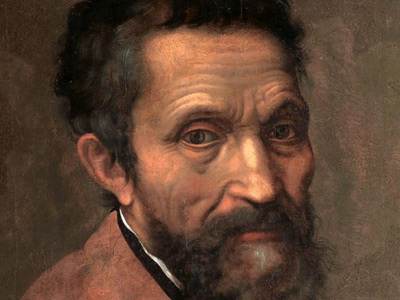
Florence 1499–1505
Michelangelo returned to Florence in 1499. The republic was changing after the fall of its leader, anti-Renaissance priest Girolamo Savonarola, who was executed in 1498, and the rise of the gonfaloniere Piero Soderini. Michelangelo was asked by the consuls of the Guild of Wool to complete an unfinished project begun 40 years earlier by Agostino di Duccio: a colossal statue of Carrara marble portraying David as a symbol of Florentine freedom to be placed on the gable of Florence Cathedral. Michelangelo responded by completing his most famous work, the statue of David, in 1504. The masterwork definitively established his prominence as a sculptor of extraordinary technical skill and strength of symbolic imagination. A team of consultants, including Botticelli and Leonardo da Vinci, was called together to decide upon its placement, ultimately the Piazza della Signoria, in front of the Palazzo Vecchio. It now stands in the Academia while a replica occupies its place in the square.
With the completion of the David came another commission. In early 1504 Leonardo da Vinci had been commissioned to paint The Battle of Anghiara in the council chamber of the Palazzo Vecchio, depicting the battle between Florence and Milan in 1440. Michelangelo was then commissioned to paint the Battle of Cascina. The two paintings are very different: Leonardo depicts soldiers fighting on horseback, while Michelangelo has soldiers being ambushed as they bathe in the river. Neither work was completed and both were lost forever when the chamber was refurbished. Both works were much admired, and copies remain of them, Leonardo's work having been copied by Rubens and Michelangelo's by Bastiano da Sangallo.
Also during this period, Michelangelo was commissioned by Angelo Doni to paint a "Holy Family" as a present for his wife, Maddalena Strozzi. It is known as the Doni Tondo and hangs in the Uffizi Gallery in its original magnificent frame, which Michelangelo may have designed. He also may have painted the Madonna and Child with John the Baptist, known as the Manchester Madonna and now in the National Gallery, London.
HISTORY
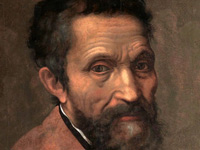
RESOURCES
This article uses material from the Wikipedia article "Michelangelo (1475-1564)", which is released under the Creative Commons Attribution-Share-Alike License 3.0.
© Stories Preschool. All Rights Reserved.
